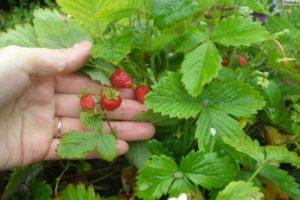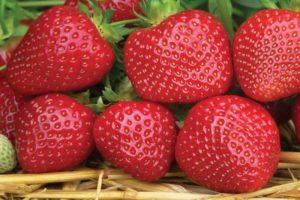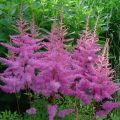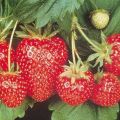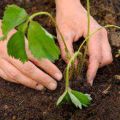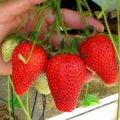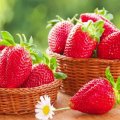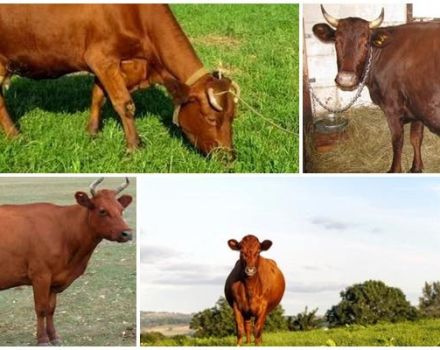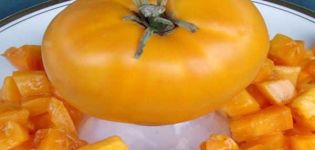Description and characteristics of diamant strawberries, planting and care
The Diamant strawberry is an achievement of the California Horticultural Institute. A high-yielding variety that is popular among Russian gardeners. The berries are grown for sale or personal consumption. For a safe planting, caring for a plant, you should familiarize yourself with all its features.
Main characteristics and description of the variety
Strawberry Diamant is a large-fruited crop, remontant group. The fruits grow cone-shaped, elongated in shape. They have a shiny skin, rich scarlet color. At the stage of technical maturity, the berries are orange. The weight of one fruit is 32 grams, depending on growing conditions. The pulp is pinkish, accumulates a lot of sugar, but is not famous for its juiciness. Due to such indicators, the crop can be transported over long distances. The variety is rarely used for processing due to its low juiciness, light pulp.
Spreading bushes, with large leaves, up to 45 cm tall. Inflorescences firmly adhere to the peduncle. When the activation of the fruit ovaries starts, the whiskers are formed.
Diamant strawberries are grown in the garden or in greenhouses. The variety also bears fruit abundantly in flowerpots.
Advantages and disadvantages of Strawberry Diamant
Diamant strawberries have many advantages, but they also highlight negative aspects.
| pros | Minuses |
| Fruiting occurs 3-4 times during the growing season | A plentiful, high-quality harvest is present only for the first 2-3 years |
| High yield | The variety needs lighting, moisture |
| Undemanding care | |
| Berries ripen in large sizes | |
| High resistance to diseases, beetles | |
| Excellent taste of berries |
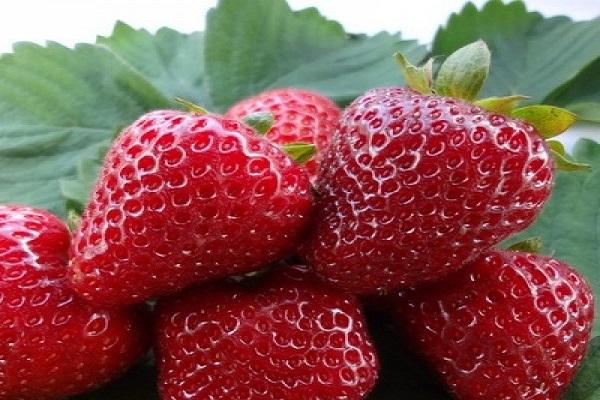
The subtleties of growing a plant
The process of growing strawberries Diamant does not imply any characteristic nuances. The variety is undemanding to the soil; it can also be planted on small plots. It is worth choosing lighted, level surfaces or hills, but not lowlands where water accumulates. Strawberries thrive on medium to light soil with an acidity level of 5-6 pH. The location of groundwater should be at least 70-80 cm above the surface. The best predecessors are legumes, cereals, greens.
Bushes should not be placed in a place where tomatoes and potatoes previously grew.
Timing
It is preferable to plant Diamant strawberries in September or late May. When planted in autumn, the harvest will be plentiful for the next season.If you plant strawberries in the spring, it will bear poor fruit, but it will be rehabilitated in the second year.
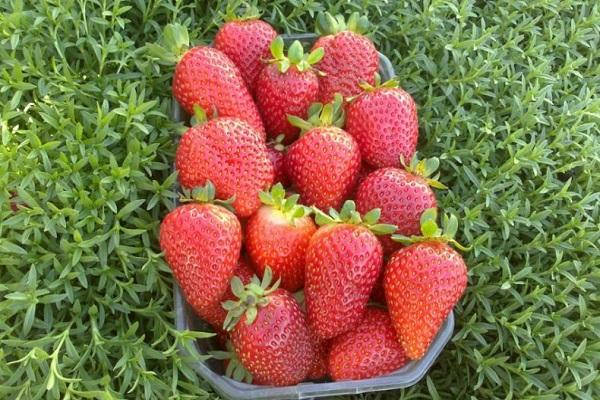
Site preparation
3 weeks before planting, you should fertilize the land in the selected place with rotted manure in a ratio of 10 liters per 1 square meter. If the soil in the area is heavy, add sand to it. The site is pre-plowed with a shovel bayonet, weeds are removed. You can disinfect the place with insecticides. 2-3 days before disembarkation, make holes 15 cm deep. Lightly tamp the earth.
Preparation of planting material
The seedlings are examined before planting for traces of diseases, dried fragments. Each copy should have 3-4 leaves, branched roots. You can soak them in an Epin or Matador solution that stimulates root growth for 30 minutes. Before planting, pour hot water over the sprouts.
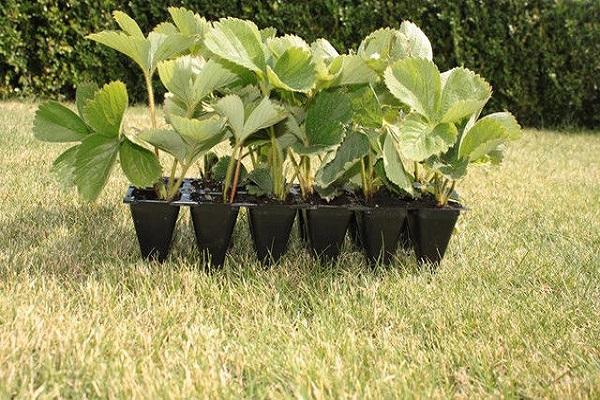
Diamant strawberry planting process
Large strawberries should be planted according to the steps below:
- start planting in the early morning or evening, the sun should not shine;
- plant seedlings according to the standard scheme 60 * 25 cm;
- place the seedlings carefully, straightening the rhizome so that the neck is above the ground.
After, water the beds, mulch with humus.
Specificity of care
Standard strawberry care involves timely watering, loosening the beds, and treating pests and diseases. Do not neglect mulching, the procedure will prevent the evaporation of moisture in the heat, free the summer resident from unnecessary weeding.
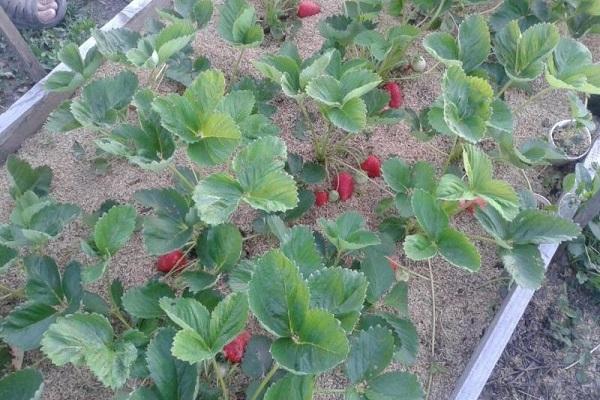
Watering rules
Irrigate strawberries depending on weather conditions. If the season is dry, 2 waterings per week are required. Determine the need for irrigation due to the dryness of the land. Water the bushes in the early morning or evening, water should not get on the leaves. You should resort to irrigation with a watering can. The liquid should not be cold, about +20 degrees Celsius. When berries appear, it is forbidden to pour water on them, since rotting is possible.
Top dressing and fertilizers
Diamant strawberries need regular fertilization, especially bird droppings or manure. The bushes are also fed with a tincture of freshly cut grass. Organics alternate with mineral compositions. Saltpeter or special combinations for berries are used. In small doses, sprinkle wood ash under the beds.
Organic matter not only feeds strawberries, but also prevents beetles from breeding.
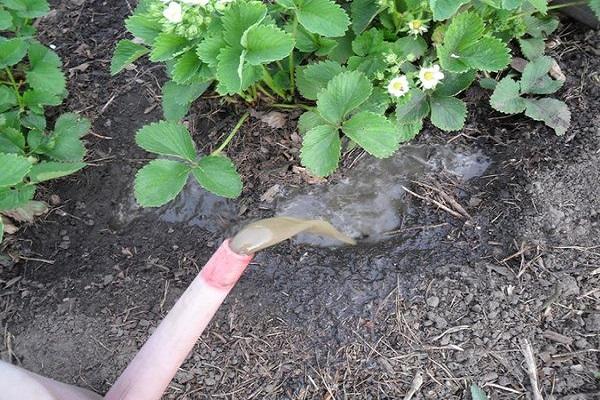
Disease and pest control
Large-fruited strawberries of the Diamant variety are rarely attacked by beetles and diseases. Sometimes it is affected by the leaf beetle, strawberry mite or nematode. They are capable of attacking purchased seedlings.
Onions, marigolds, garlic can be placed next to strawberry plantings. They scare away harmful insects.

Among the most dangerous diseases, gray rot is distinguished. More often it is observed in densely planted beds. Weeds also spread rot. Destroy it with fungicides, for example - "Strawberry Rescuer", "Switch". Usually one treatment is enough. Every week, it is advisable to inspect the bushes for damage by beetles, diseases.
Breeding features
Diamant strawberries are propagated by seeds, dividing a bush or antennae. The first method is not in demand because it is laborious and time-consuming. Dividing a bush does not always give the desired result. The plant can grow different from the "parent", not bear fruit. Optimally propagate strawberries with tendrils.
During the first fruiting, the strongest, development bushes are chosen. The antennae are cut off from them, they are placed in the grooves. Over time, sprouts will sprout, but only the first rosettes are left. They are watered, weeded around the ground.
